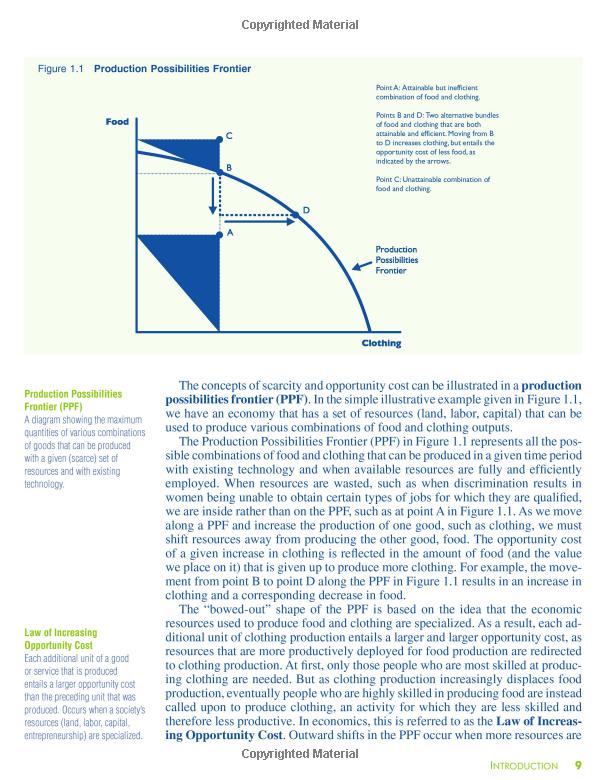Title: The Recycling of Used Carpets: Environmental and Economic Importance
The recycling of used carpets holds significant environmental and economic importance. As a major source of waste, the discarded carpets contribute to landfills and environmental pollution. However, these used carpets can be effectively recycled into a range of industrial products, including floor tiles, rugs, and even new carpets. This process not only reduces the waste but also generates employment and income opportunities. Moreover, the recycling of used carpets helps conserve natural resources and reduce the production of greenhouse gases. Therefore, promoting the recycling of used carpets is crucial for sustainable development and environmental protection.
The recycling of used carpets has become a crucial environmental and economic issue in today's world. This article explores the benefits of recycling used carpets, the methods used to recycle them, and the challenges that still need to be addressed.
The environmental benefits of recycling used carpets are numerous. First, by diverting used carpets from landfills, we reduce the amount of solid waste that ends up polluting our soil and water resources. The production of new carpets generates significant amounts of carbon emissions, so recycling used carpets helps reduce our carbon footprint. Additionally, recycling used carpets conserves natural resources such as petroleum and water, reducing the need for further extraction of these resources.
The economic benefits of recycling used carpets are also significant. By creating a market for recycled carpet material, we encourage the development of a circular economy, where products are designed to be repaired, reused, and recycled. This approach reduces the overall cost of production and consumption, benefits consumers, and creates jobs in the recycling sector. Furthermore, recycled carpet material can be used to manufacture new products, such as composite decking, providing an additional source of revenue for recyclers.

However, the recycling of used carpets is not without its challenges. One significant challenge is the lack of awareness among consumers about the environmental and economic benefits of recycling used carpets. This lack of awareness often leads to a lack of motivation to recycle, so it is essential to raise public awareness through education and publicity campaigns.
Another challenge is the relatively high cost of recycling used carpets compared to landfilling. Although the initial investment in recycling infrastructure may be high, in the long run, it is more cost-effective than the continuous production of new carpets. Governments and recycling organizations need to work together to provide incentives for carpet recyclers, such as tax breaks or subsidies, to help offset these initial costs.

Another significant challenge is the technical complexity of recycling used carpets. Carpets are made from various materials, including wool, cotton, nylon, and polyester, each with its own set of challenges in terms of separation, cleaning, and processing. Developing effective recycling methods that can handle these different materials efficiently is essential. Additionally, research and development are needed to create new products from recycled carpet material that can compete in the market.
In conclusion, the recycling of used carpets is crucial for addressing environmental and economic challenges. By diverting used carpets from landfills and conserving natural resources, we can reduce our carbon footprint and protect our planet. Furthermore, by creating a market for recycled carpet material, we can encourage the development of a circular economy and create jobs in the recycling sector. However, we must address the challenges of public awareness, cost-effectiveness, and technical complexity to achieve widespread adoption of this sustainable practice. Only by working together as a society can we make significant progress in recycling used carpets and contribute to a better future for our planet.

Articles related to the knowledge points of this article:
Title: Mastering the Art of Leisure Tie Knots: A Guide to Casual Tie Knots
Title: Unveiling the Enigma: Matching a Black Suit with a Tie
Laundry Care for Down Jackets: A Guide to Washing Your Own羽绒服洗衣机
Title: The Elusive Prices of Hermès Silk Scarves: A Comprehensive Guide



